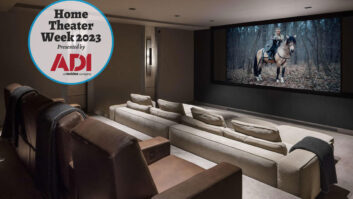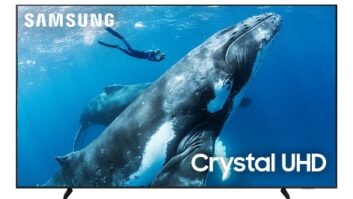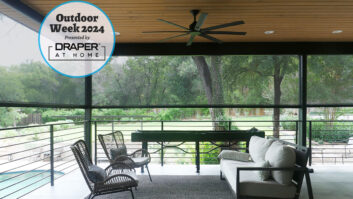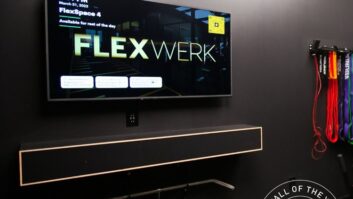Over the years I have carefully watched product introductions in the digital picture frame product category. I always thought this type of product would be a great addition for the fully network-connected digital homebut these digital photo displays have never been designed and implemented as well as I would have hopeduntil now.
After seven years of waiting for this ideal digital picture frame product it has finally arrived from a company located in Boulder, Colorado, called PhotoVu LLC (www.photovu.com). The specific model that I am referring to is the PV1960, which I have been testing over the last week.
I first used Googles free Picasa software to review and edit my photographs, which like CDs that sit on a storage rack and never get played, reside on hard drives all around the home and have not been seen since the first time they were downloaded. I used Picasa to star my favorite photos and exported this folder of my 1,000-plus best pictures to a folder on my office hard drive. I then directed the wireless 802.11b PhotoVu digital picture frame (it can also be hardwired but that is usually not practical for the location of these picture frames) to the subdirectory on my computer that contained the Top1000 folder. Moments later all of these photos were displaying on a beautiful, 19-inch cherry wood framed, 1280×1024, 24-bit color screen in our entryway. With a 170-degree viewing angle these brilliantly clear photos could be seen from all directions. I then set the timer function within the PhotoVu panel to randomly display the photos every five seconds and turn on at 7 a.m. and off at 11 p.m. every day.
As we take new photos with our digital camera we download them into any computer with a card reader, and these images are automatically saved in our Top1000 directory. Once saved in the directory the PhotoVu digital photo screen scans for new images after each full run of the slide show and adds them to the next shows automatic playback. If I wanted, I could even access the password-protected PhotoVu remotely over a broadband connection and transfer the remote photos to my home to be shown in the next live picture show.
As close to ideal as this product is out of the gate, there are a couple of additional features that are still on my wish list, such as:
When you see an image that you want to keep on the screen for a longer time there should be an instant way to pause (and maybe print) the photo with a handheld remote control
The 802.11b connection is adequate, but an 802.11g/n connection would be better as it would allow the pictures to stream more quickly
There is no integrator channel pricing. This is done to keep the cost of this product around $1,000. It would be attractive if there was a line priced for the CEDIA reseller channel. We plan to resolve this issue with our clients by marking up the product with installation and programming services to get the margin we need to sell it.
The first two concerns are currently being addressed by PhotoVu. Similar to the other Linux-OS based products in the home (think Linksys, Netgear, TiVO, ROKU, Buffalo, etc.) these operating system enhancements can easily be upgraded by PhotoVU remotely when one signing up for the annual service plan. The 802.11g connection will require a hardware upgrade but that wireless bridge can easily be installed in the available USB port on the display screen.
In my opinion, PhotoVU has done for digital pictures what Sonos has done for digital CDs. Sonos allows playback an entire CD collection around the home from a networked hard drive collection of music. Wherever we have an outlet and a wireless signal in the home we can place a PhotoVU picture frame and create a living photo album experience.







